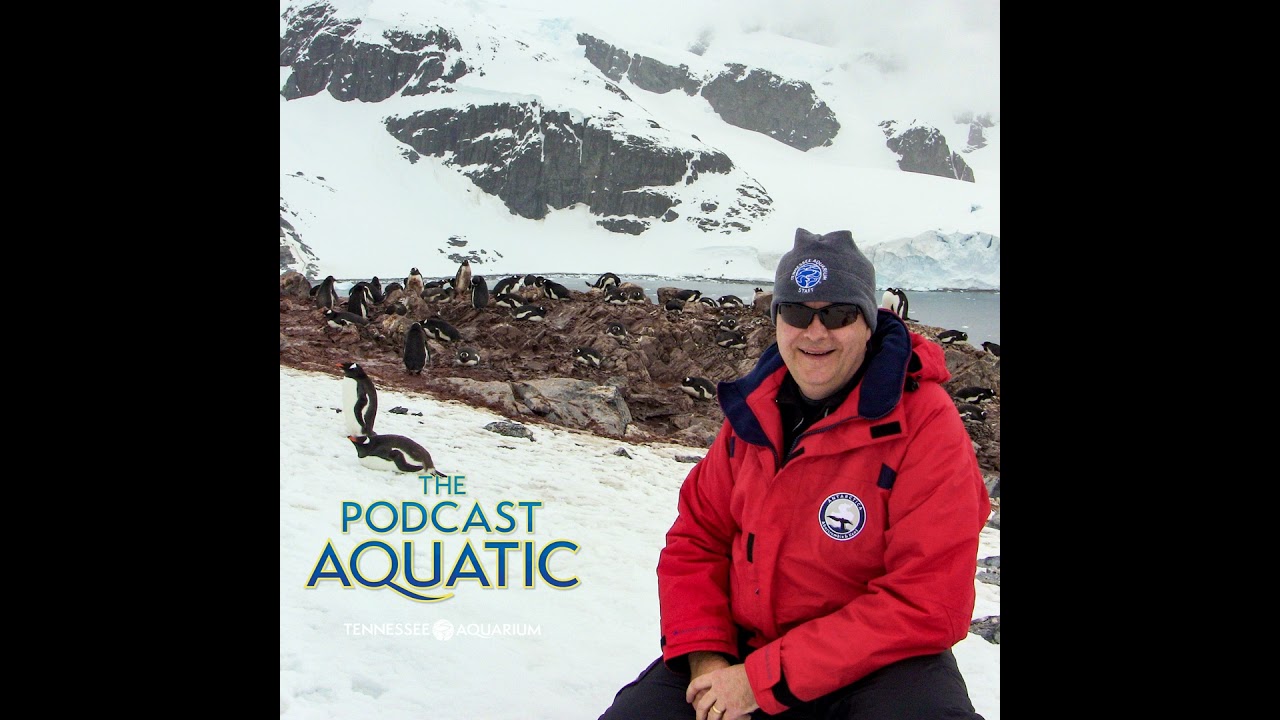- Understanding the concept of Thinking Local, Going Global in the context of wildlife conservation and zoo management.
- The role of zoos in local and global conservation efforts.
- Strategies for successful wildlife conservation on a global scale, initiated at the local level.
- Analyzing the impact of Thinking Local, Going Global on biodiversity and ecosystem health.
- The future of zoo management with a global conservation perspective.
Wildlife conservation is a dynamic field requiring both local understanding and global initiatives. Thinking Local, Going Global embodies this dual approach, urging conservationists to start at the grassroots level but always with an eye on the larger picture. In terms of wildlife conservation and zoo management, this strategy can help address diverse environmental challenges.
The core idea behind Thinking Local, Going Global is to focus initially on localized efforts. It involves engaging community stakeholders, understanding local ecosystems, and developing projects that reflect immediate environmental needs. Local conservation strategies often yield significant results, acting as building blocks for larger initiatives.
For instance, a zoo might implement programmes to protect indigenous species specific to its geographical region. These efforts would involve habitat restoration, breeding programs, and public education. By leveraging local knowledge, zoos can create tailored conservation efforts that are more likely to succeed. Additionally, community involvement is crucial for fostering a culture of conservation that can drive local support.
The importance of zoos in local and global conservation efforts cannot be overstated. Zoos have evolved from mere attractions to pivotal players in conservation. They serve as educational hubs that promote awareness, offering visitors a chance to connect with wildlife. By highlighting the plight of endangered species through exhibits and educational programs, zoos can inspire young and old alike to get involved in conservation efforts. Furthermore, zoos often partake in breeding programs that can help bolster the numbers of endangered species, setting a direct example of Thinking Local, Going Global.
Additionally, these institutions provide critical support for global initiatives. Many zoos collaborate on international projects, sharing insights and resources that can help endangered species beyond their local confines. This means that strategies developed locally can be adapted and applied to global conservation efforts, providing an avenue for scaling initiatives effectively.
Thinking Local, Going Global requires strategic planning. Successful wildlife conservation begins with identifying species and habitats that need protection. It involves collecting data to understand the environmental pressures these ecosystems face. Scientists, conservationists, and zoo professionals must work together, developing innovative techniques and technologies. A scientific approach includes implementing Geographic Information Systems (GIS) for habitat mapping, DNA analysis for breeding programs, or remote sensing to monitor wildlife populations.
Conservation strategies also benefit from international collaboration, as shared challenges demand cooperative efforts. By aligning local initiatives with international objectives, conservationists can leverage global knowledge and resources. This often involves participating in global networks, attending conferences, or collaborating on research, which ultimately strengthens local initiatives.
Biodiversity is a crucial element of ecosystem health, essential for maintaining ecosystem services such as clean water, pollination, and climate regulation. Thinking Local, Going Global contributes to biodiversity by protecting species through well-planned, localized efforts that align with global biodiversity targets. In this way, conservationists can help stabilize and improve environmental conditions, promoting biodiversity health.
A glaring example can be found in projects aimed at reversing habitat destruction. These can start small, focusing on reforestation or wetland restoration efforts in local areas. Given the provision of adequate resources and attention, these projects can expand, impacting larger ecosystems. Moreover, those active conservation efforts encourage the return of flora and fauna, improving biodiversity and ecosystem functioning simultaneously.
Zoo management stands at a crossroads as conservation efforts increasingly demand a global perspective. Management strategies now include provisions for participation in international breeding programs, technological innovations, and academic partnerships. By promoting a culture of research and development within zoos, managers can navigate modern conservation challenges more effectively.
Efforts are also being made to minimize human-wildlife conflict, a prevalent issue as expanding urban areas encroach upon natural habitats. By using functional landscape planning, enhanced educational outreach, and conflict-mitigation strategies, zoos can act as active facilitators of coexistence. This initiative speaks volumes about the broader impact of Thinking Local, Going Global in enhancing zoo management strategies aimed at conservation.
As the field of conservation evolves, the integration of local strategies with global initiatives will likely define the future of successful wildlife conservation. By championing the principles of Thinking Local, Going Global, zoos and conservationists can create sustainable pathways for both species and their habitats. The world is interconnected, and solutions for conservation must reflect this, hoping to ensure long-term ecological balance around the globe.
*****
Source Description
Whether it’s just a pop across the border into Tijuana, a cruise along the Rhine, backpacking through Nepal or visiting relatives in Uganda, there’s nothing quite like the full-body culture shock of international travel.
In this episode, three Aquarium adventurers share life-altering experiences from their international sojourns. We’ll chat about the joy of watching cheetahs learning to hunt in Kenya, visiting sustainable fisheries in the Amazon and the stark, otherworldly beauty of the Antarctic Peninsula.
Grab your passport, pack a toothbrush, and let’s go!
Episode cast
• Casey Phillips, communications specialist and tour guide
• Thom Benson, vice president and chief communications/marketing officers
• Claudia Mendez-Marti, community engagement educator
• Elaine Robinson, senior aquarist


